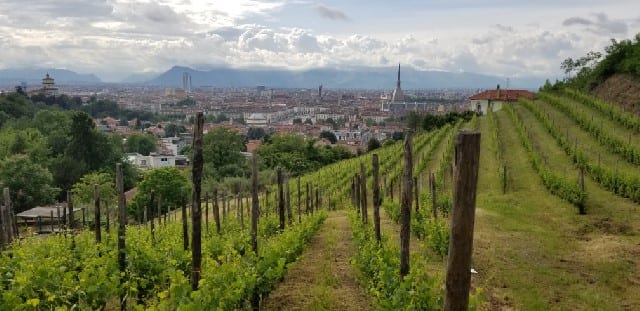Two almost-forgotten grapes of Piemonte
This story originally appeared in the Napa Valley Register.
Italy is home to more indigenous grape varieties than anywhere else in the world. According to Ian D’Agata’s comprehensive guide, “Native Wine Grapes of Italy,” there are approximately 2,000 indigenous grape varieties in Italy. Of those 2,000, approximately 400 of them are used to make commercial wine.
Twenty of these grapes are grown in Piemonte in the northwest of Italy. The most famous grapes are Nebbiolo, Barbera and Dolcetto but it is also home to Cortese (the grape in Gavi) and the sweet wines Moscato and Brachetto. Many of the lesser known grape varieties in Piemonte have been close to extinction.
As in Napa, where many grape varieties were pulled up in order to plant Cabernet Sauvignon, in the Asti region in Piemonte, many grape varieties were decreased to plant more Barbera. But, thanks to some winemakers in Piemonte, some of these lesser known grapes have survived and are beginning to thrive again. Two of these grapes are Freisa and Grignolino. Both red grapes, they produce wines that are high in tannins and acidity. They both are fun to say out loud and even more fun to drink and enjoy with food.
26 June, 2018





